5 Overlooked First Aid Items You Should Add to Your Kit
 Have
you ever bought one of those basic $20 first aid kits? You know, the
little plastic box with the red cross on it? If you have, you probably
already know they can be severely lacking in any real emergency.
Band-aids and alcohol wipes are nice, and they're adequate for most
minor scrapes and cuts, but they're simply not enough for any severe
injury.
Have
you ever bought one of those basic $20 first aid kits? You know, the
little plastic box with the red cross on it? If you have, you probably
already know they can be severely lacking in any real emergency.
Band-aids and alcohol wipes are nice, and they're adequate for most
minor scrapes and cuts, but they're simply not enough for any severe
injury.
In my mind, the term "first aid" implies the ability to sufficiently secure an injury before professional help can be reached. Given the wide range of horrendous injuries that we humans are capable of enduring, it's safe to say that those cheap kits you find at Walmart can hardly be considered "first aid."
With that said, it's a good idea to put together your own kit, or buy one of the cheap ones and build a more useful kit around it. This will give you the opportunity to customize it based on your individual needs, and stock it with items that most premade kits overlook. So if you're interested in updating your medical supplies, take a look at some of these items you might not have considered before.
When the capsule is broken and held under the nose, a small dose of ammonia is released, just enough to irritate the lungs and induce a deep inhalation. In moderation, smelling salts are a useful way to prevent someone from fainting, or revive them from unconsciousness. But be warned, they are not for anyone suffering from a physical injury. If someone is concussed or has a spinal injury, it could cause more damage. So it's probably a good idea to take a first aid class or consult a professional before using these.
But if you want to add an eye wash
solution to your first aid kit, there's a few conditions that product
should meet. It should at least be a medium-sized bottle so that you can
squeeze out a long continuous stream if you're trying to remove any
debris, and the solution should have some kind of preservative so that
you can leave it in your first aid kit for years without worrying about
it. The Major Pharmaceuticals brand of eye wash appears to be the best option in that regard.
They've changed the formula, so that there's no exothermic reaction when it touches a wound. That means, no more burns. They also don't sell it in its purely powdered form anymore. They come in bandages and sponges that act as mesh net for the powder. This allows the QuikClot to react to the wound without leaving so many particles behind for your doctor to fish out.
Either way, QuikClot is still one of the best tools for treating life threatening injuries. If you're bleeding out and you can't apply pressure to the wound, or a tourniquet is out of the question, QuikClot is your best friend.
Delivered By Ready Nutrition
 Have
you ever bought one of those basic $20 first aid kits? You know, the
little plastic box with the red cross on it? If you have, you probably
already know they can be severely lacking in any real emergency.
Band-aids and alcohol wipes are nice, and they're adequate for most
minor scrapes and cuts, but they're simply not enough for any severe
injury.
Have
you ever bought one of those basic $20 first aid kits? You know, the
little plastic box with the red cross on it? If you have, you probably
already know they can be severely lacking in any real emergency.
Band-aids and alcohol wipes are nice, and they're adequate for most
minor scrapes and cuts, but they're simply not enough for any severe
injury.In my mind, the term "first aid" implies the ability to sufficiently secure an injury before professional help can be reached. Given the wide range of horrendous injuries that we humans are capable of enduring, it's safe to say that those cheap kits you find at Walmart can hardly be considered "first aid."
With that said, it's a good idea to put together your own kit, or buy one of the cheap ones and build a more useful kit around it. This will give you the opportunity to customize it based on your individual needs, and stock it with items that most premade kits overlook. So if you're interested in updating your medical supplies, take a look at some of these items you might not have considered before.
Smelling Salts
Nowadays they've been relegated to the sports industry for energizing exhausted athletes (probably not the best idea), but there was a time when smelling salts were the go to method for reviving someone who was unconscious (usually a dainty woman who has fainted, if my memory of old movies and Victorian novels serves me right). If you're unfamiliar with them, smelling salts usually consist of ammonium carbonate and water trapped in a capsule.When the capsule is broken and held under the nose, a small dose of ammonia is released, just enough to irritate the lungs and induce a deep inhalation. In moderation, smelling salts are a useful way to prevent someone from fainting, or revive them from unconsciousness. But be warned, they are not for anyone suffering from a physical injury. If someone is concussed or has a spinal injury, it could cause more damage. So it's probably a good idea to take a first aid class or consult a professional before using these.
Paramedic Sheers
Have you been so sore that the simple act of removing your clothes was an agonizing endeavor? Now imagine if you had a real injury that required you to take off your shirt or pants, and doing so would be incredibly painful, and might even exacerbate your injury. That's when you need a pair of scissors that are specifically designed for cutting through heavy-duty fabric. Paramedic Sheers typically have a titanium coating over the steel for strength, as well as a blunted tip and angled blades to prevent further injury.Eye Wash Solution
There
are few things in life that are as debilitating as an eye injury. Even
if you catch a tiny piece of debris in your eye, you'll probably have to
drop everything you're doing until you wash it out. That's not to
mention the many ways your eyes can get scratched, chemically burned, or
infected. Unfortunately, most basic kits don't include any kind of
saline solution for your eyes.
Activated Charcoal Powder
If there's one thing most first aid kits are missing, it's a method of poison control. Fortunately, one of the best tools for cleansing the body is cheap, has an indefinite shelf life, and is almost impossible to overdose on. It's known as activated charcoal, and it's incredibly versatile. It has a long history of being used to treat chemical poisonings, drug overdoses, venomous bites, and even some allergies. No first aid kit would be complete without it.QuikClot
There are several different coagulating agents on the market today, but QuikClot is still the most popular. When it first came out, there was some debate as to whether or not it was a good idea to use it, mainly due to its propensity for burning soft tissue and being very difficult to remove from the body. But since then, it has improved quite a bit.They've changed the formula, so that there's no exothermic reaction when it touches a wound. That means, no more burns. They also don't sell it in its purely powdered form anymore. They come in bandages and sponges that act as mesh net for the powder. This allows the QuikClot to react to the wound without leaving so many particles behind for your doctor to fish out.
Either way, QuikClot is still one of the best tools for treating life threatening injuries. If you're bleeding out and you can't apply pressure to the wound, or a tourniquet is out of the question, QuikClot is your best friend.
Delivered By Ready Nutrition

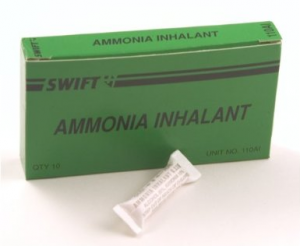
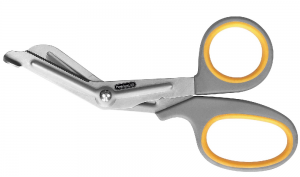
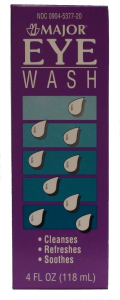
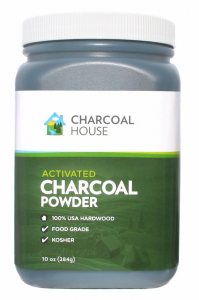
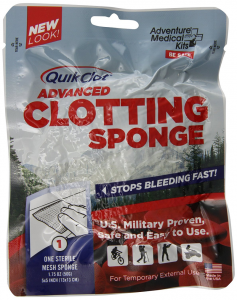
No comments:
Post a Comment